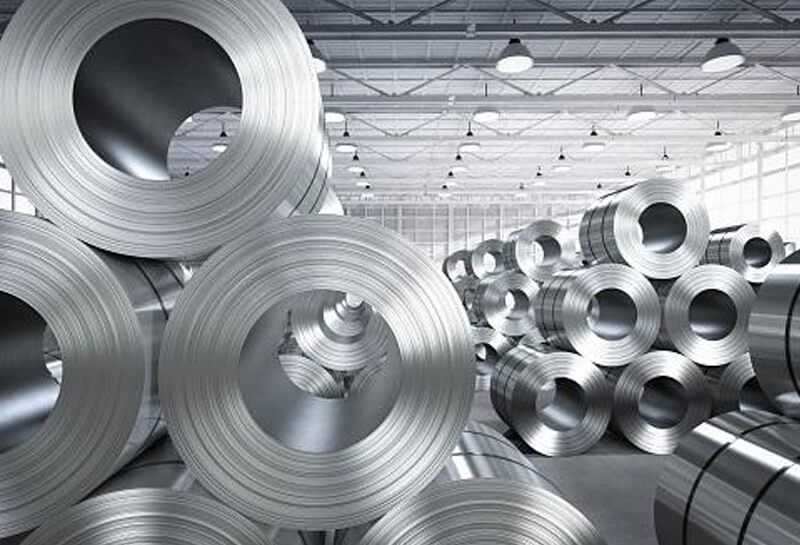Steels with a chromium content of more than 10,5% and less than 0,15% carbon. Unlike martensitic steels, these grades cannot be stiffened by quench hardening but only through cold working (e.g. Cold drawing). Ferritic steels are ferromagnetic.
| CHEMICAL COMPOSITION OF STAINLESS STEEL(IN%) | ||||||||||
| AISI | C | S | P | Mn | Si | Cr | Mo Max | Ni | OTHER MAX | |
| Max | Max | Max | Max | Max | ||||||
| 409 | 0.08 | 0.045 | 0.045 | 1.00 | 1.00 | 10.5-11.7 | – | 0.50 | TI 6xC-0.75 | |
| 430 | 0.12 | 0.030 | 0.040 | 1.00 | 1.00 | 16.0-18.0 | – | 0.750 | – | |
| 430F | 0.12 | Min 0.15 | 0.060 | 1.25 | 1.00 | 16.0-18.0 | 0.60 | – | – | |
| 431 | 0.20 | 0.030 | 0.040 | 1.00 | 1.00 | 15.0-17.0 | – | 1.25-2.50 | – | |
| 446 | 0.20 | 0.030 | 0.040 | 1.50 | 1.00 | 23.0-27.0 | – | – | N-O.25 | |
| C=CARBON Si=SILICON Mn=MANGANESE P=PHOSPHOROUS S=SULPHUR Cr=CHROMIUM Mo=MOLYBDENUM | ||||||||||
| Ni=NICKEL N=NITROGEN Zr=ZIRCONIUM Ti=TITANIUM Cb=COBALT Ta=TANTALUM AI=ALUMINIUM | ||||||||||







